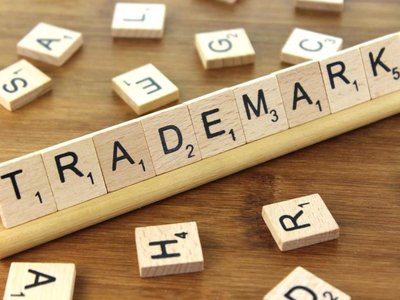
The amendment to the Trademark Act (the “Amendment”) is to come into effect on 1 January 2019 and 14 January 2019 in the Czech Republic and Slovakia, respectively. The EU-Directive-based Amendment is rather extensive and introduces a number of crucial changes to trademark owners. One of the most important ones, in our view, is that the Industrial Property Office in the Czech Republic and Slovakia, will stop, ex officio, refusing new applications for trademarks that are the same as earlier trademarks. As a result, the competent authority may register an identical trademark without the owner knowing. We explain how to prevent this issue below.
Current situation
Currently, on receiving a new application for registration of the same trademark as an earlier one in respect of the same products or services (a “conflicting sign”), the industrial property offices in the Czech Republic and Slovakia refuse such application. The authorities do so automatically. The application for a conflicting sign is refused, and the new trademark is not registered without the owner of the already registered trademark knowing that the same sign is being registered. This procedure is implied in Section 6 of the still effective Trademark Act.
Future situation
Section 6 mentioned above will be abolished as a result of the amendment in both countries. Pursuant to Directive (EU) 2015/2436 of the European Parliament and of the Council, the reason for the refusal will be shifted to relative grounds for refusal laid down in Section 7(1)(a). That means that authorities will cease refusing conflicting signs ex officio as of January 2019.
What this means, in practice, is that the authorities will automatically publish new applications for conflicting signs in the trademark registers, and unless the owners of identical trademarks registered earlier oppose such applications within 3 months, the conflicting signs will be registered
This will concern not only applications filed after the Amendment comes into effect but also to unpublished applications filed before the amendment became effective.
Pursuant to the explanatory memorandum, the abolition of the provision eliminated the discrepancy in the position of trademark owners in proceedings before the Czech or Slovak Industrial Property Office as opposed to those before the European Union Intellectual Property Office.
Solution for owners
As a result of the amendment, the office will no longer monitor and oppose the conflicting sign applications ex officio. On the contrary, the trademark owners themselves will have to actively keep track of new trademark applications and lodge oppositions against conflicting sign applications within three months from their publication.
Conflicting signs will otherwise be registered as trademarks, which could turn out to be unpleasant for earlier trademark owners, but something could still be done about it. Registered trademarks can, needless to say, be revoked or invalidated, although this is a more costly and time-consuming procedure.
The most convenient way to avoid registration of a conflicting sign is to regularly monitor new applications. Our law firm has been providing this service to its clients for a number of years. The automated monitoring is carried out, as a rule, on a monthly basis. We employ it for timely detection of not only conflicting signs, but also applications that may be similar to earlier trademarks. We regularly inform clients of these applications, and then we typically launch opposition proceedings or initiate talks with the applicant to withdraw applications for conflicting signs.
Further changes brought about by the Amendment
The Amendment brings about a number of other key changes, such as new types of trademarks (e.g. sound marks, motion marks), a certificate introduced in opposition proceedings proving that the opposed trademark older than five years has been duly used, abolition of opposition grounds in the event of filing a trademark application in bad faith, the possibility to register a certification mark, a change in the trademark registration procedure, the possibility to ban the use of a trademark in the registered name of another person and others.
Authors: Robert Nešpůrek, Ivan Rámeš
Source: Lexology